Across the globe, the shift toward automated, operator-free weighbridges is arresting attention in logistics, mining, ports, and infrastructure. With the unmanned weighbridge system market estimated at USD 2.5 billion in 2025 and expected to grow at around 7% CAGR through 2033, enterprises are embracing digital accuracy and tamper-proof vehicle weighing. Digital systems integrating IoT sensors, AI analysis, license plate recognition, and cloud-based control ensure continuous, error-free weighing operations 24/7. Leading global markets in North America and Europe already dominate adoption. Still, growth in the Asia-Pacific and the Middle East & Africa regions signals a rising demand for automation in mining logistics and regulatory oversight.
.jpg)
The Need for Unmanned Weighbridge Systems & Challenges
Traditionally, weighbridge operations in Africa remain manual, dependent on human operators, prone to delays, inaccuracy, fraud, and bottlenecks in high-traffic mining zones. Losses due to theft or misreporting during mineral transit are documented at rates of up to 15–25% of extracted volumes in various mineral-rich countries. With fragmented logistics and limited technology penetration, African industries lack the transparency and traceability demanded by global buyers and regulators. There is an urgent need for systems that automate weighment, reduce pilferage, prevent manipulation, and deliver secure, real-time data.
How Unmanned Weighbridges Work?
Modern unmanned weighbridges are powered by a multi-layered system architecture that ensures accuracy, security, and automation at every step. At the core of the operation are high-resolution load cells and digital weighbridge terminals that instantly capture gross and tare weights of vehicles. These measurements are automated, eliminating manual errors and ensuring consistent data across shifts.
Vehicle identification is streamlined using technologies like RFID tags, Automatic Number Plate Recognition (ANPR), or barcode systems. These tools automatically verify and match vehicle identities, enabling seamless entry and exit logging without human involvement. This reduces bottlenecks and improves security at weighbridge checkpoints.
A network of IoT-enabled devices, including boom barriers, traffic lights, and CCTV cameras, regulates vehicle movement across the site. These systems are synchronized to prevent unauthorized access and ensure that only verified vehicles are allowed to proceed through the weighing process. Additionally, IP cameras provide 24/7 surveillance for safety and accountability.
Real-time data generated during each weighment is transmitted to central dashboards, which allow supervisors and stakeholders to monitor operations remotely. This data is often integrated with ERPs or mineral management systems, enabling automated permit generation, audit trails, and compliance reporting.
.jpg)
Operational Benefits of Unmanned Weighbridge Systems
One of the most significant advantages of unmanned weighbridges is their ability to operate continuously, 24/7, without requiring human intervention. This round-the-clock functionality increases throughput and ensures continuous operations, even during off-hours or holidays. By automating the entire weighment process, these systems drastically reduce human error, pilferage, and fraud. Tamper-proof data logs and audit trails enhance transparency and accountability, which are particularly crucial in regulated sectors such as mining, logistics, and port operations.
Operational efficiency is further boosted by minimizing vehicle queue times. Automated workflows allow for faster processing, improving fleet turnaround and reducing congestion at weighbridge points. This leads to cost savings on fuel, labor, and time. Finally, integration with digital dashboards provides real-time insights, predictive analytics, and decision-support tools. These features empower management teams to optimize logistics, plan dispatch schedules, and identify anomalies proactively, laying the foundation for smarter, data-driven operations.
Application Use-Cases & Global Success Stories
Globally, unmanned weighbridge systems are increasingly adopted by ports, mining operations, large-scale agriculture logistics, and trade terminals. In South Africa, unidentified ore “swapping” at mines and repression of coal quality caused losses in millions, prompting interventions with automated systems that address freight fraud and material theft effectively.
Likewise, across Europe and North America, dynamic weighbridge scaling and remote monitoring are becoming increasingly standard practices in logistics and operations hubs.
.jpg)
CSM Tech’s Expertise & Case Study Highlight
At CSM Technologies, we have pioneered the rollout of modular, plug-and-play unmanned weighbridge systems across high-volume mining sites in India for JSW and OMC (Odisha Mining Corporation). Our solution is a seamless blend of controller-based automation, dynamic route planning, and real-time e-transit permit generation, achieved through integration with mineral management platforms.
A feature of our offering includes:
- 24/7 unattended weighment operations for batch efficiency.
- Fully integrated vehicle tracking, permit syncing, and LED display feedback.
- Secure and tamper-proof weighing data, even in congested stockyards.
- Dashboards serve as real-time decision support tools, enabling dynamic traffic flow management and strategic supervisory control.
In practice, this translates to reduced wait times, minimized losses due to pilferage, improved compliance, and enhanced throughput, all of which directly impact revenue optimization and operational transparency.
Challenges & Considerations
Implementing unmanned weighbridge systems in African contexts requires:
- Addressing initial capital investment constraints, mitigated through public-private funding models.
- Ensuring internet connectivity and cybersecurity resilience, especially in remote mining zones.
- Managing stakeholder change, shifting from manual processes to automated workflows.
- Navigating integration complexities with existing infrastructure, including enterprise ERP, regional regulations, and logistics routes.
The Way Forward
Automated weighbridges aren’t just about weighing; they symbolize trust, traceability, and transparency in value chains. As African economies seek to attract responsible investment, meet ESG standards, and reduce illicit flows, unmanned weighbridge systems will be foundational to efficient extractive and agricultural logistics.
At CSM Tech, we continue to partner with governments and mining operators to digitize weighment operations, deliver seamless logistics flows, and establish tamper-proof frameworks for mineral movement. With Africa’s mineral value chains digitized one weighbridge at a time, future growth becomes measurable, compliant, and sustainable.
















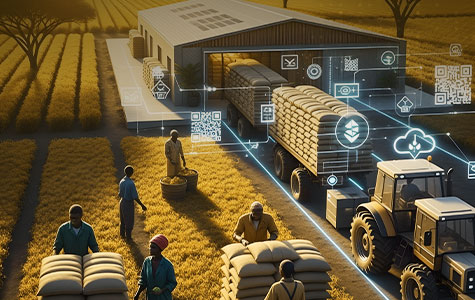




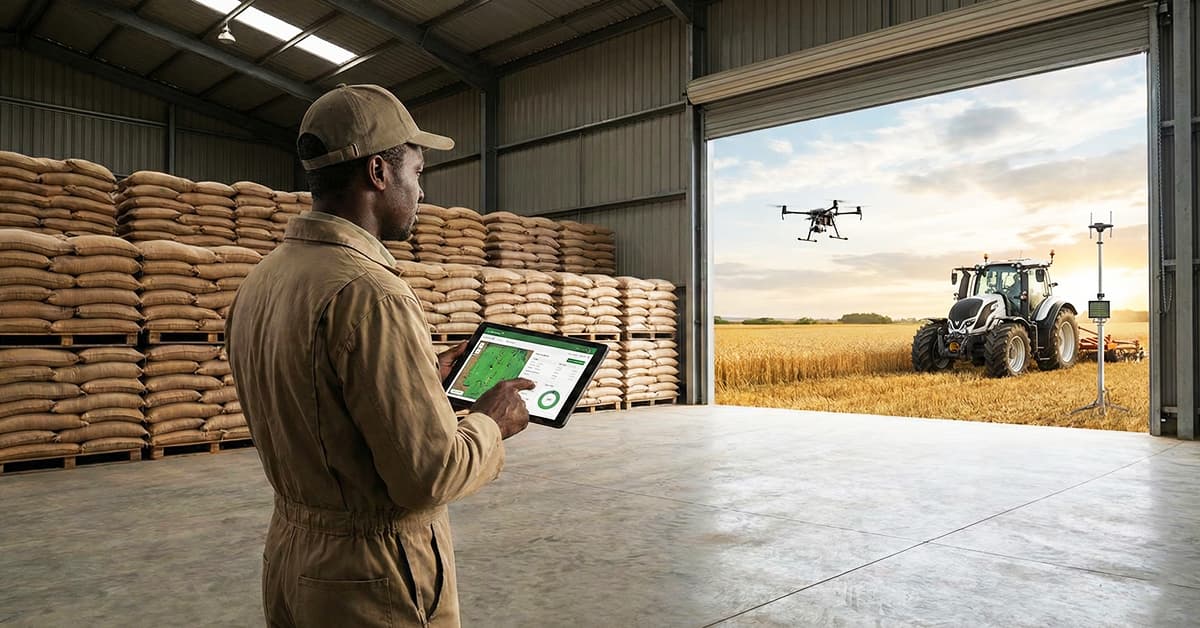







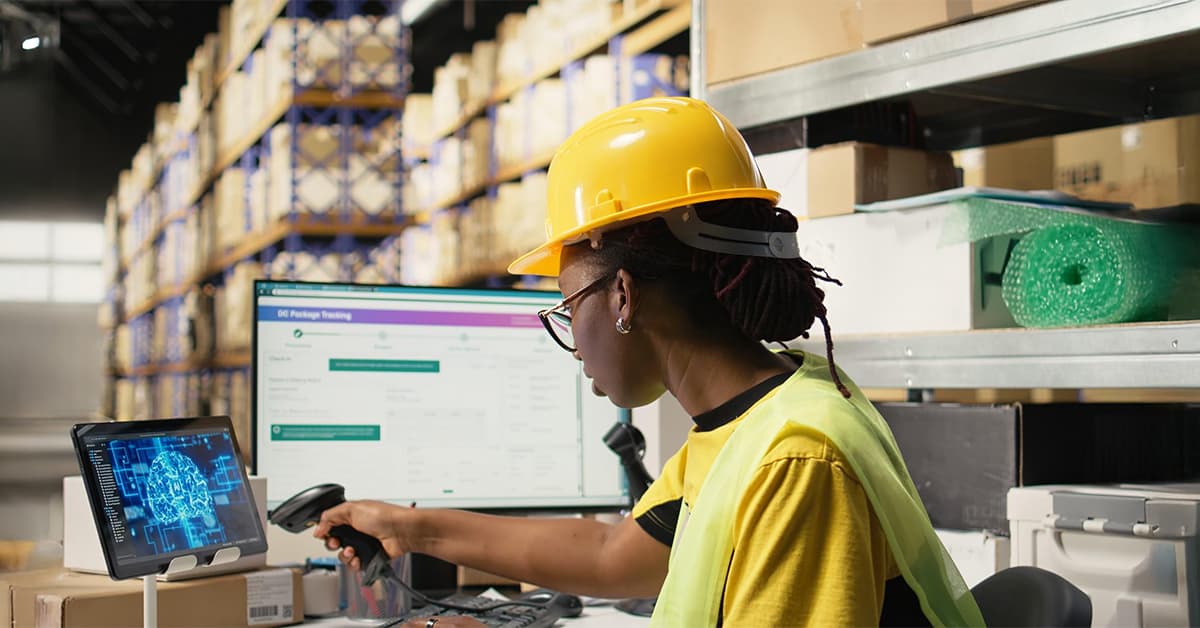
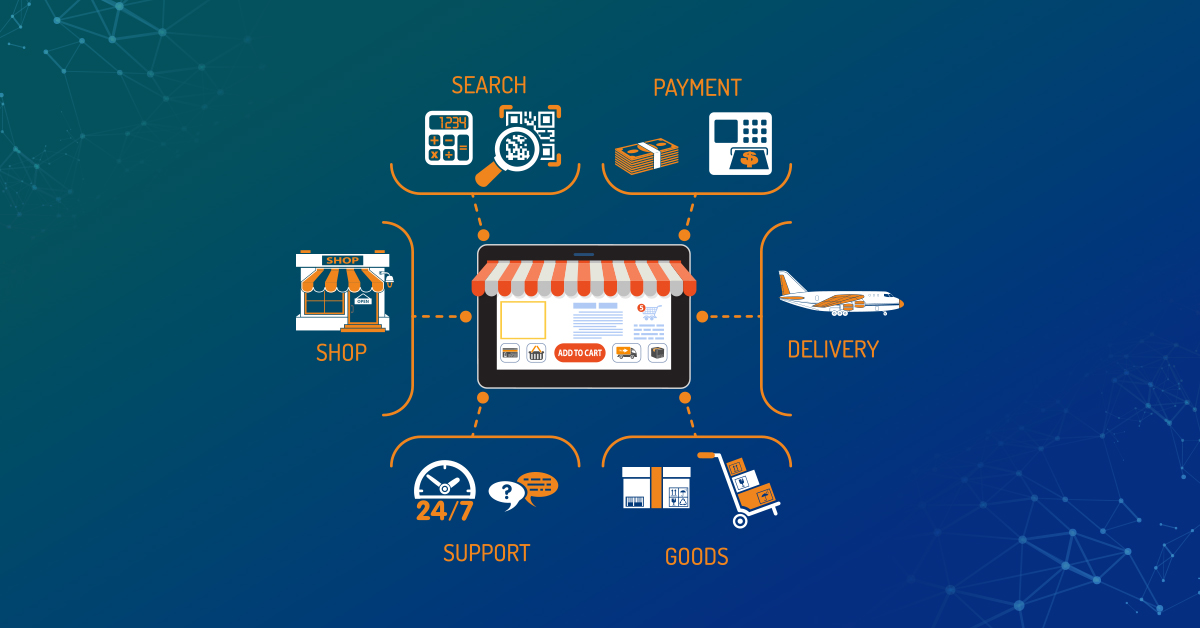

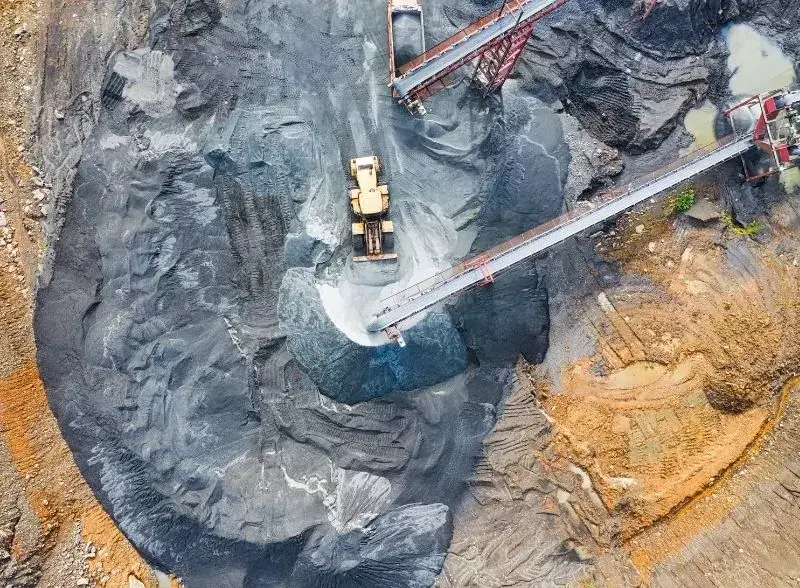









We will verify and publish your comment soon.